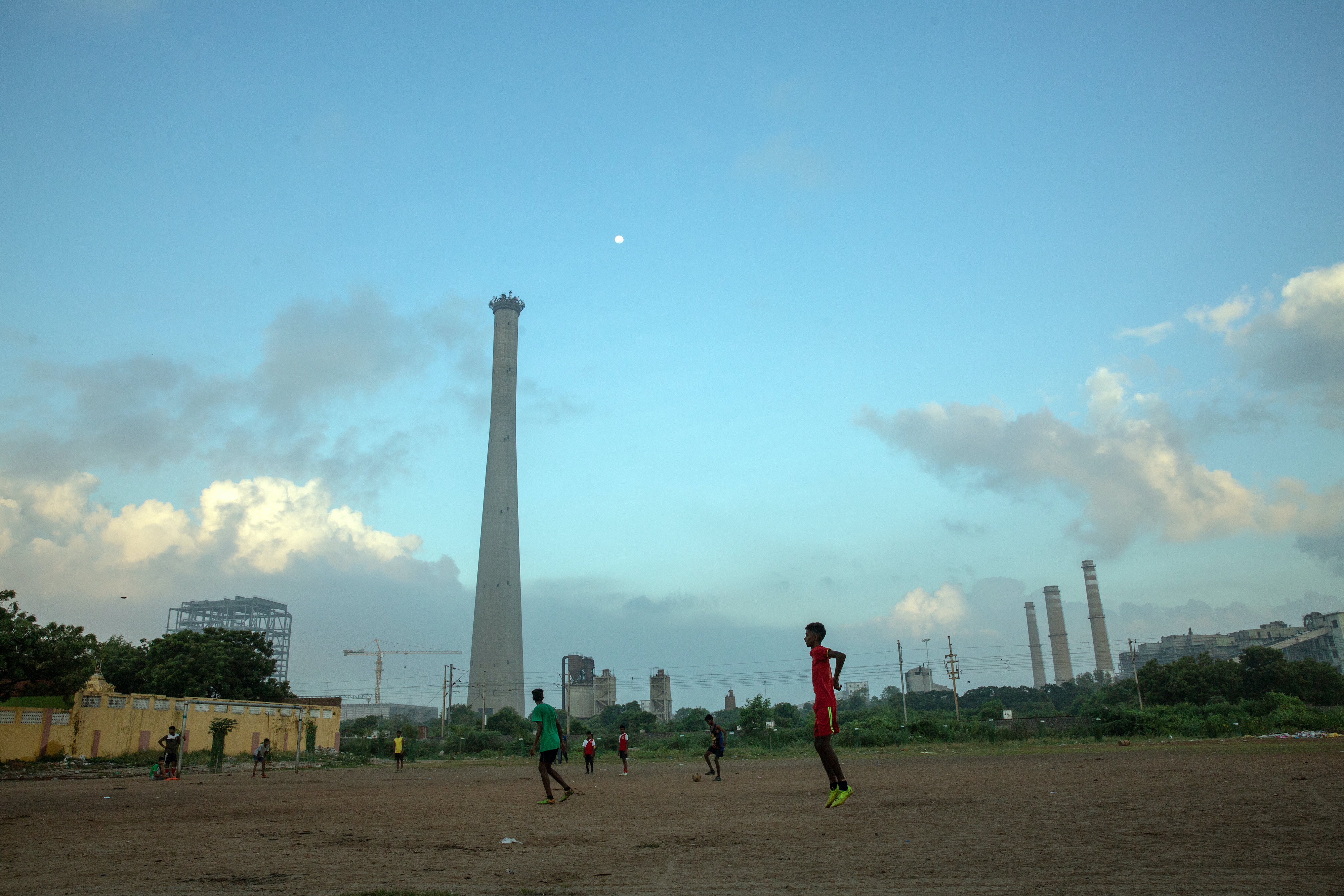Rajesh Kumar Singh, ”The Great Indian Bustard And India’s Renewable Energy Challenge,” All India/Bloomberg, June 16, 2021, ➝.
Kiran Pandey, “India lost 31% of grasslands in a decade,” Down To Earth, September 10, 2019, ➝.
Jitendra, “Recognize environmental contribution of pastoralists: Experts,” Down To Earth, October 3, 2019, ➝.
“Adani Unveils The Worlds Largest Solar Power Plant In Tamil Nadu,” Adani Power, September 21, 2016, ➝.
Interview with author, August 2020.
Nityanand Jayaraman, “Why engineering interventions won’t prevent another flood in Chennai,” Scroll.in, September 7, 2016, ➝.
Study by Care Earth, cited in Prabhash K. Dutta, “Why Chennai will keep choking, drowning with every spell of heavy rains,” India Today, November 4, 2017, ➝.
Bar and Bench (@barandbench), “The judge Justice GR Swaminathan noted that before dictating his judgement he listened to ‘puramboke paadal’ by @tmkrishna,” Tweet, May 30, 2021, ➝.
Mark Hertsgaard, “The Climate Crisis Is a Crime Story,” The Nation, June 30, 2021, ➝.
Interview with author, August 2016.
Jason Hickel and Giorgos Kallis, “Is Green Growth Possible?” New Political Economy 25, no. 4 (2020): 469–486, ➝.
